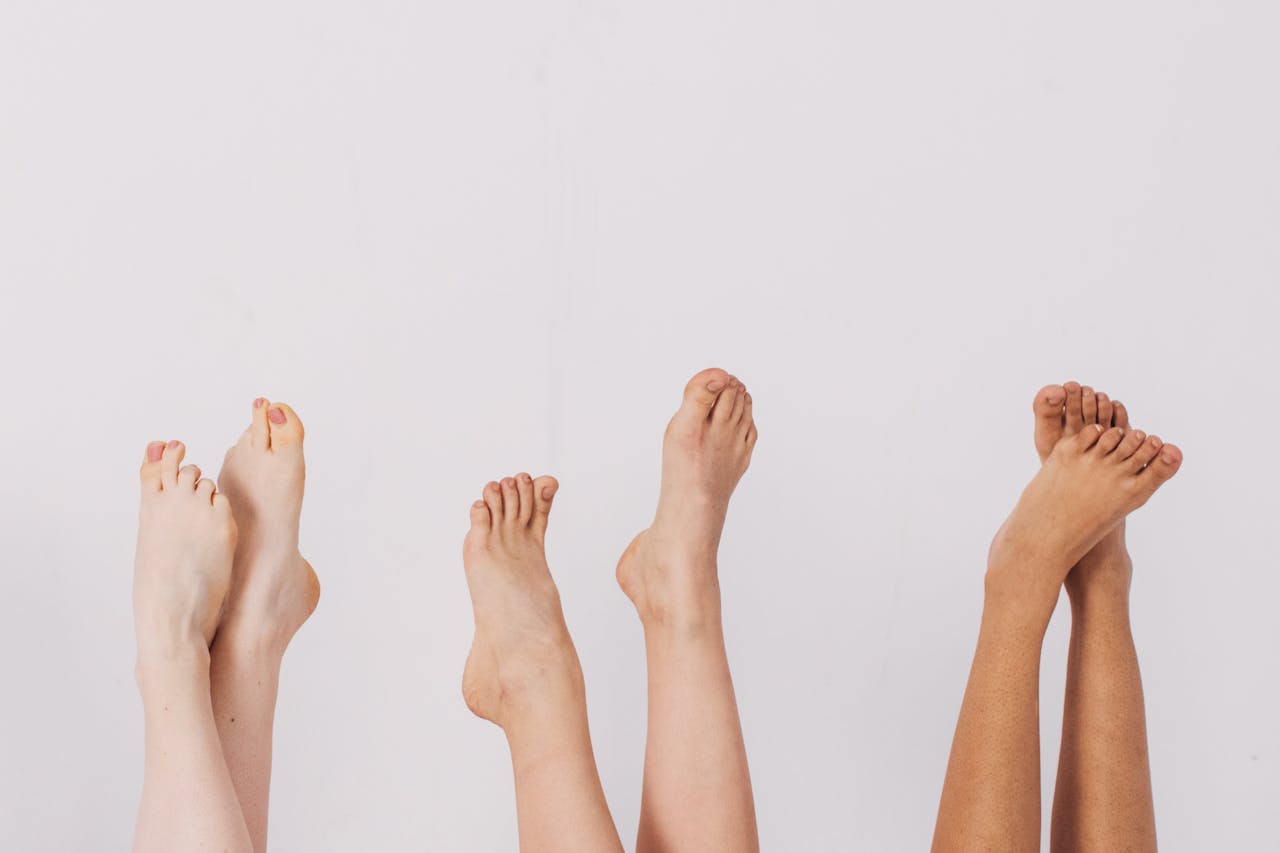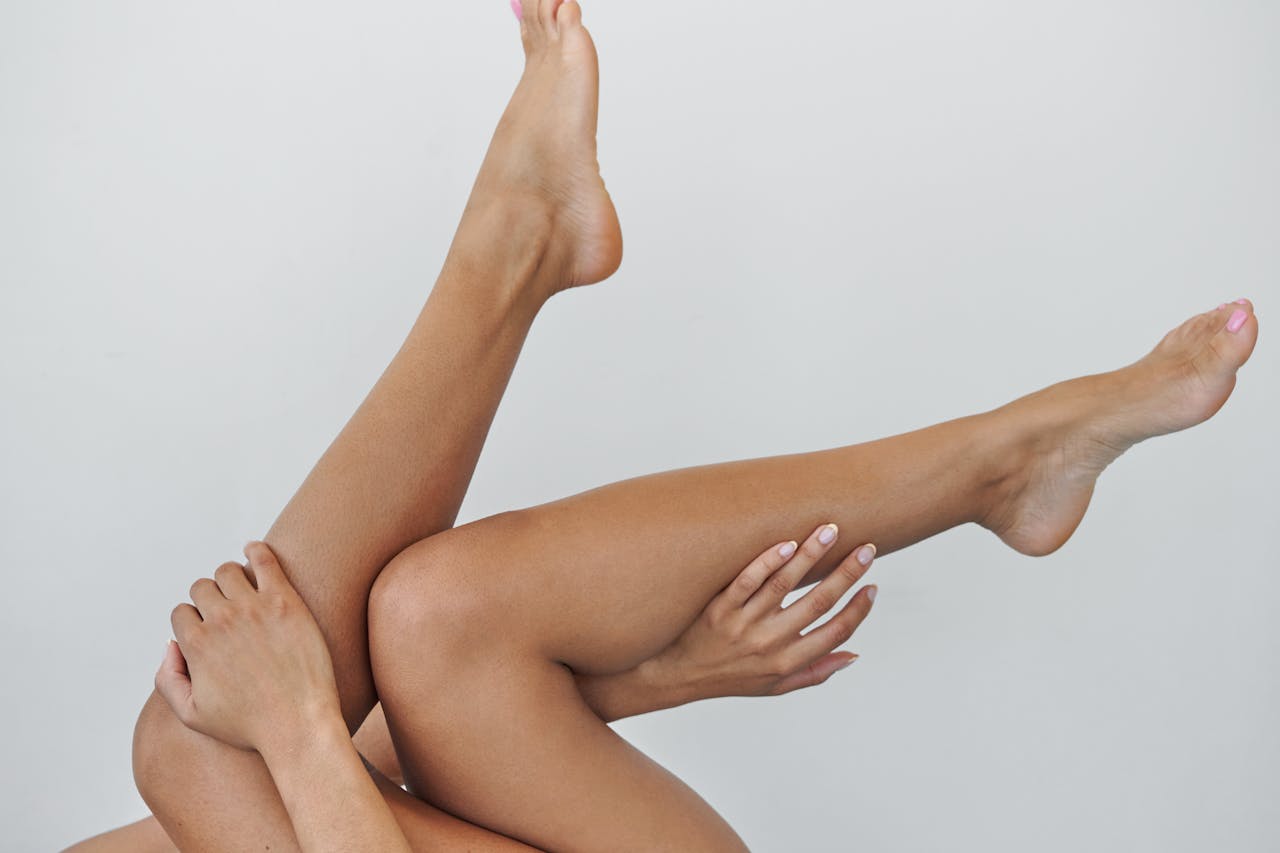Diabetes and Foot Sores: Understanding Causes, Symptoms, and Treatment
If you have ever worn tight shoes or engaged in an activity that was rough on your feet, you are probably no stranger to foot sores. Calluses, corns, blisters, ingrown toenails, and Athlete’s foot are minor foot sores that typically go away with proper treatment. But for someone with diabetes, they can develop into a much more serious foot sore, known as a diabetic foot ulcer.
This article will discuss sores on feet and diabetes so that you can keep foot issues under control.
What are Common Foot Sores?
- Corns and Calluses: Friction and pressure can cause the skin to thicken and harden, resulting in a corn or callus. If you protect the area, they will typically heal. Softening and exfoliating the skin can also help.
- Blisters: These fluid-filled sacs typically appear when you wear uncomfortable shoes. Placing a bandage over the blister protects the area to speed healing.
- Ingrown Toenails: These sores occur when the nail grows into the surrounding skin, causing pain and inflammation. They may be caused by tight shoes or improper foot hygiene. The condition typically requires a doctor’s visit. They will cut the toenail to ensure proper growth.
- Athlete’s Foot: This fungal infection is caused by direct or indirect contact with contaminated surfaces. Moist environments increase the risk. The condition will usually go away if an OTC antifungal cream is used and the area is kept clean and dry.
What are Diabetic Wounds on Feet?
For most people, foot sores heal in time, but type 2 diabetes sores are different. People with diabetes deal with various factors that interfere with healing as follows:
- Neuropathy: Prolonged periods of elevated blood sugar cause nerve damage. As a result, people with diabetes are unable to feel diabetic pressure sores, so they don’t treat them.
- Reduced Blood Circulation: Elevated blood sugar also causes blood vessels to narrow, reducing blood circulation to the feet and slowing healing.
- Lower Immunity: People with diabetes have low immunity, which further contributes to slow healing.
If left untreated, sores can develop into diabetes wounds that won’t heal, AKA foot ulcers. These ulcers often become infected and can cause gangrene, amputations, and even death.
What Do Sores From Diabetes Look Like?
It’s good to know what sores on skin diabetes look like so you can address issues before they get worse.
First, neurotrophic ulcers are a type of foot sore related to diabetes. They can appear on the foot, toe, or even the leg, typically near the ankle bone.
In the early stages, you will see a shallow wound. However, if not treated, the ulcer will reach deep into the bone, exposing the joint or tendon. It may later develop into gangrene, where the tissue dies and the entire foot is infected.
You may also notice symptoms like:
- Cracks
- Scaliness
- Redness
- Dryness
- Rashes
- Calluses
- Discoloration
- Drainage
- Fouls odor
- A hard center

Diabetic Sores on Feet Treatment
Diabetic foot sores are not pleasant to deal with, but they can be prevented and treated in the early stages.
Preventative Measures:
- Check Feet Often: Check feet often to ensure no developing sores.
- Treat Foot Sores: If foot sores appear, treat them promptly. Consider seeing a doctor for more effective healing.
- Manage Diabetes: Managing diabetes can reduce symptoms like slow healing, poor blood circulation, and neuropathy, which contribute to foot issues. Talk to your doctor about the best way to maintain a healthy diet.
- Protect Your Feet: Wear comfortable shoes to protect your feet from wounds. Avoid walking barefoot and other activities that make your feet prone to injuries.
Diabetes Sore Feet Treatment:
- Antibiotics: Your doctor may prescribe topical and oral antibiotics to address the infection.
- Debridement: This diabetic sore feet remedy removes dead or infected tissue to expose healthy tissue and promote healing.
- Surgery: Surgery may be used to correct issues that make foot sores more likely, such as correction for bunions and hammer toes. Surgeons may also perform procedures to widen blood vessels and improve circulation. If gangrene appears, amputation may be necessary.
- Hyperbolic Oxygen Therapy: This diabetes sore care involves breathing pure oxygen in a chamber delivered at high pressure. Patients may require daily or monthly treatments until the ulcer is healed.
Can Diabetes Cause Foot Sores?
No, diabetes does not cause foot sores. Foot sores occur due to pressure, exposure to external factors, or the foot’s physiognomy. However, diabetes symptoms can make wounds difficult to detect and interfere with healing.
Feetsee Helps with Foot Wound Detection
People with diabetes should detect foot sores as quickly as possible, before they get worse. Feetsee can help.
The device monitors your foot, measuring elevated temperatures that could indicate inflammation related to foot wounds. If an increased temperature is detected, it alerts your doctor so they can recommend treatment. It allows you to treat foot sores before they become more serious.

Detect Early, Prevent Amputations
Diabetic foot ulcers (DFUs) lead to significant discomfort, pain, numerous amputations, and billions of dollars in healthcare costs each year.
